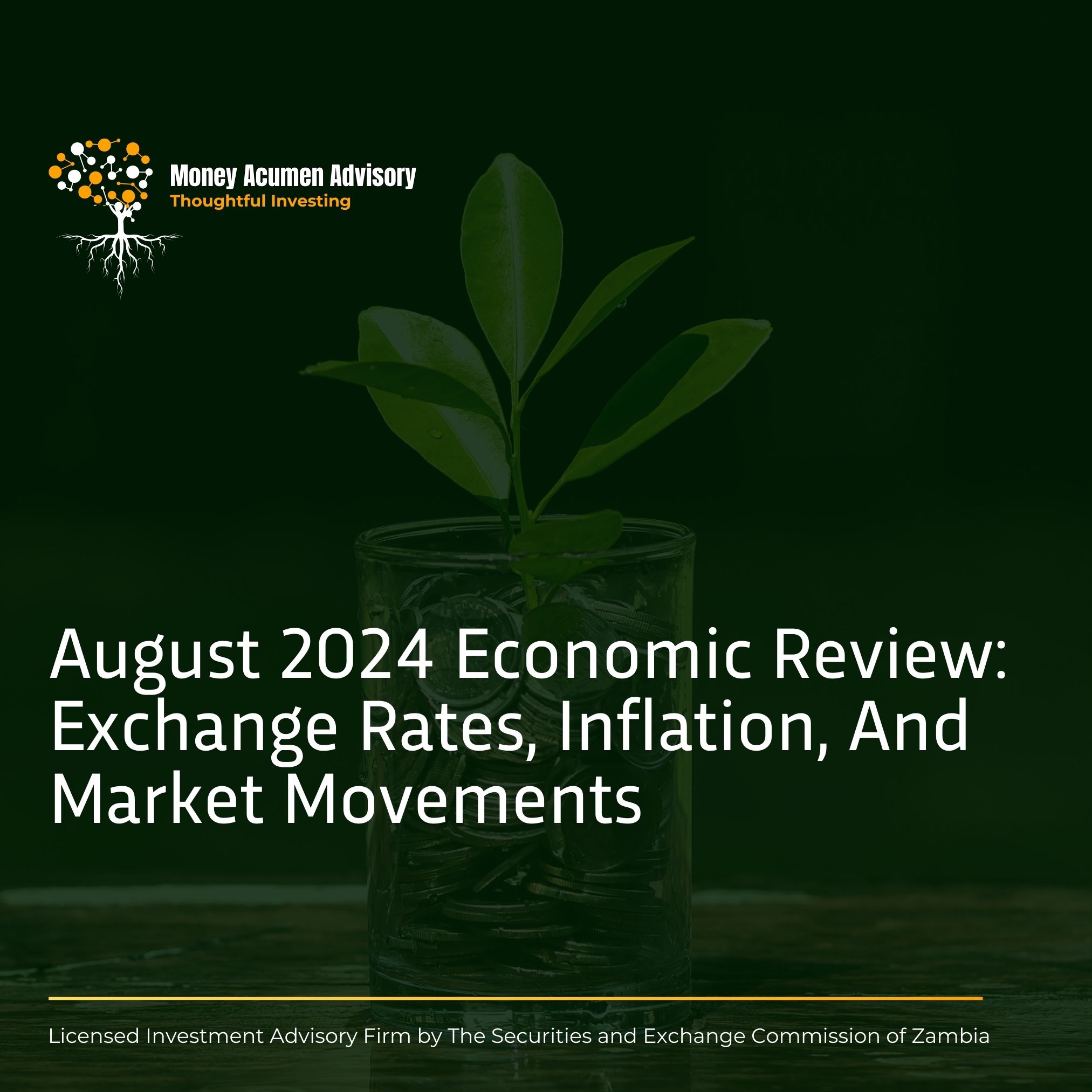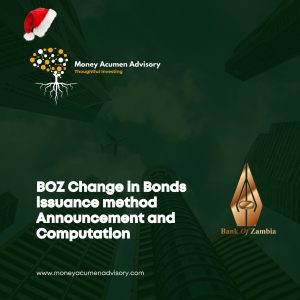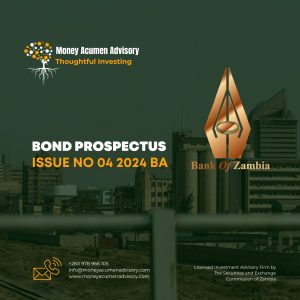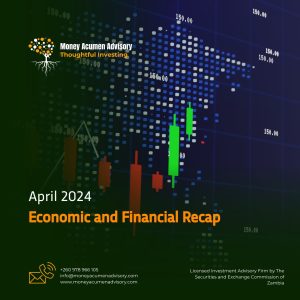Introduction
This economic report provides a comprehensive analysis of key economic indicators for the period under review. Our focus encompasses the inflation rate, exchange rate fluctuations, fuel prices, stock market performance, and bond auction outcomes. Each of these elements plays a crucial role in shaping the economic landscape and influencing both market sentiment and economic policy decisions. Together, these components offer a holistic view of the current economic environment, providing valuable insights into the broader economic trends and their potential implications for various sectors.
Currency Depreciation Dynamics
Economic indicators such as GDP growth, inflation rates, and unemployment figures play a crucial role in influencing exchange rates. Typically, strong economic performance contributes to the strengthening of a currency. In August 2024, the exchange rate exhibited a consistent upward trend throughout the month, indicating a notable depreciation of the local currency against major global currencies, including the US Dollar (USD), the Euro, and the British Pound. This steady increase in the exchange rate reflects a weakening of the local currency relative to prominent currencies.
CURRENCY | BUYING (1 AUG) | SELLING (1 AUG) | BUYING (30 AUG) | SELLING (30 AUG) |
| USD – Dollar | 25.9293 | 25.9793 | 26.0744 | 26.1244 |
| GBP – Pound | 33.1999 | 33.2665 | 34.2618 | 34.3432 |
| EUR – Euro | 27.9855 | 28.0472 | 28.8488 | 28.9067 |
| ZAR – Rand | 1.4252 | 1.4285 | 1.4750 | 1.4787 |
The recent weakness in the local currency can be primarily attributed to the significant rise in the inflation rate. As inflation increases, the purchasing power of the currency declines, making it less valuable relative to other currencies. This erosion of value can lead to reduced investor confidence and capital outflows, as investors seek more stable returns in other currencies or markets. Additionally, higher inflation often prompts concerns about the potential for higher interest rates or economic instability. In essence, the rise in inflation acts as a critical driver behind the weakening of the currency by diminishing its value and attractiveness in the foreign exchange market.
Inflation in Overdrive
In August, the annual inflation rate rose slightly to 15.5%, up from 15.4% in the previous month. This modest increase reflects a continuation of upward pressure on prices, primarily driven by fluctuations in the cost of food items. The rise in food prices has been a significant factor in this inflationary trend, as essential goods have seen consistent price hikes. This ongoing escalation in food costs has contributed to the broader inflationary environment, impacting overall consumer spending and economic stability.
The annual food inflation rate for August increased to 17.6%, up from 17.4% in July. This rise was primarily driven by higher prices for various food items, including different types of dried fish, as well as essential dairy products, dried beans, and sweet potatoes. Conversely, annual non-food inflation recorded a slight decrease to 12.5%, down from 12.6% in July. This change was mainly due to fluctuations in the prices of non-food items, including clothing and pharmaceutical products.
The annual inflation rose across several key categories, as indicated by the Consumer Price Index (CPI). Below is a table exhibiting comparisons made between price indexes in August 2023 and August 2024:
| KEY CATEGORIES | AUGUST 2023 | AUGUST 2024 |
| All Items | 10.8 | 15.5 |
| Food and Non-alcoholic Beverages | 12.6 | 17.6 |
| Alcoholic Beverages and Tobacco | 7.1 | 10.4 |
| Clothing and Footwear | 8.2 | 8.4 |
| Housing, Water, Electricity, Gas and Other Fuels | 8.2 | 11.5 |
| Furnishing, Household Equipment, Routine Household Maintenance | 6.1 | 10.9 |
| Health | 9.0 | 10.7 |
| Transport | 13.3 | 22.6 |
| Communication | 0.9 | 2.2 |
| Recreation and Culture | 10.7 | 12.9 |
| Education | 6.0 | 5.9 |
| Restaurant and Hotel | 11.1 | 10.7 |
| Miscellaneous Goods and Services | 7.2 | 11.5 |
The CPI provides further insight into inflation trends as it measures the changes in the prices paid by consumers for goods and services. The August 2024 column indicates the percentage increase in prices from August 2023 to the present date. The ongoing decline in the value of the Kwacha relative to major international currencies significantly contributed to inflationary pressures. This depreciation was a key factor in the rising costs of essential goods and services. Specifically, the prices of staple foods such as maize grain, maize-based products, and vegetables surged, reflecting the broader trend of increasing living costs. Additionally, the escalating costs of energy worsened the situation, as higher energy prices directly impact both household budgets and the cost of goods and services.
Moreover, the prolonged periods of electricity load management further intensified inflationary pressures. The frequent and extended outages disrupt production and increase operational costs for businesses, which in turn leads to higher prices for consumers. This combination of currency devaluation, rising food and energy prices, and unreliable electricity supply continued to drive the inflationary spiral, placing a significant strain on the economy and the cost of living for individuals and families.
Demand Outstrips Supply in August Bond Auction
The Government Bond auction held on Friday 30 August 2024, revealed a 1% increase in coupon rates across all tenors except for the 2-year tenor. The results reflected strong investor sentiment, with demand exceeding the amount offered by 57.19%. Such a significant oversubscription underscores a robust level of confidence and interest in the bonds issued. Amid a persistently rising inflation rate, the increase in coupon rates offers some reassurance to bond investors, providing greater returns and mitigating the impact of inflation on bond investments.
| Tenor | Amount Offered | Amount Bid | Amount Allocated | Coupon Rate (%) |
| 2 years | K280.00 Mn | K227.47 Mn | K226.97 Mn | 19.000 |
| 3 years | K320.00 Mn | K86.77 Mn | K84.77 Mn | 21.5000 |
| 5 years | K330.00 Mn | K451.88 Mn | K451.88 Mn | 23.5000 |
| 7 years | K240.00 Mn | K458.89 Mn | K458.89 Mn | 25.0000 |
| 10 years | K240.00 Mn | K712.34 Mn | K712.34 Mn | 26.7500 |
| 15 years | K190.00 Mn | K577.67 Mn | K577.67 Mn | 28.2500 |
| Total | K1,600.00 Mn | K2,515.02 Mn | K2,512.52 Mn |
Investors demonstrated a strong preference for long-term tenors, with only the 5-year to 15-year tenors experiencing oversubscription. The significant rise in bid value compared to the previous month, which stood at K739.20 million, is largely driven by market expectations of higher yield rates. Furthermore, the elevated value of the allocated amounts is also a response to the current economic conditions, which may lead to increased government borrowing to meet emerging financial needs.
Bullish Lift-Off on the LuSE
The stock market serves as a measure of economic health and investor confidence. This section of our report delves into the recent performance of the stock market, providing an analysis of market trends and notable movements in stock prices. Understanding stock market performance is essential for assessing economic stability and growth prospects. By analyzing recent data, we aim to provide a clear picture of how market conditions are evolving and what they might signal for the future. The LuSE All Share Index (LASI), a vital benchmark for overall market performance, reached a historic milestone by surpassing 15,000 points for the first time. This accomplishment highlights the market’s sustained growth and resilience, supported by robust performances across multiple sectors.
In August, several companies experienced a decline in their share prices, however, this did not affect the overall performance of the stock market. Notably, Zambia Bata Shoe Company (BATA), Copperbelt Energy Corporation (CECZ), Chilanga Cement (CHIL), Puma Energy (PUMA), and Shoprite (SHOP) all demonstrated significant increases in their share prices. Among them, SHOP achieved the most remarkable growth, with its share price surging by 56.25% over just two days. Despite the losses faced by some companies, the substantial gains made by these key players helped maintain the overall stability of the stock market.
| COMPANY | PRICE (1 AUG) | PRICE (30 AUG) | PRICE CHANGE | % PERIOD CHANGE |
| AECI | 40 | 35 | -5 | -12.50% |
| ATEL | 43.50 | 43.50 | 0 | 0.00% |
| BATA | 5.00 | 6.00 | 1 | 20.00% |
| BATZ | 3.00 | 3.00 | 0 | 0.00% |
| CECZ | 11.39 | 13.50 | 2.11 | 18.53% |
| CHIL | 17.00 | 20.00 | 3 | 17.65% |
| MFIN/MAFS | 1.86 | 1.83 | -0.03 | -1.61% |
| NATB | 4.10 | 4.09 | -0.01 | -0.24% |
| PMDZ | 4.62 | 4.62 | 0 | 0.00% |
| ZMRE | 2.8 | 2.70 | -0.1 | -3.57% |
| PUMA | 5.15 | 6.04 | 0.89 | 17.28% |
| REIZ | 1.98 | 2.00 | 0.02 | 1.01% |
| SCBL | 3.46 | 3.00 | -0.46 | -13.29% |
| SHOP | 80 | 125.00 | 45 | 56.25% |
| ZMBF | 2.18 | 2.16 | -0.02 | -0.92% |
| ZMBR | 7.00 | 7.00 | 0 | 0.00% |
| ZAMEFA | 5.01 | 5.01 | 0 | 0.00% |
| ZNCO | 6.10 | 5.84 | -0.26 | -4.26% |
| ZCCM | 64.00 | 54.00 | -10 | -15.63% |
| ZAFFICO | 2.53 | 2.54 | 0.01 | 0.40% |
| ZSUG | 35.00 | 34.00 | -1 | -2.86% |
Shoprite (SHOP) experienced a significant surge in its share price for the second time this year. Starting at K64 at the beginning of the year, the share price rose to K80 by June. By August 29, 2024, it had reached a record high of K100, and it further climbed to K125 the following day. This upward trend reflects strong market sentiment and confidence in the company’s performance. SHOP remains a leading stock on the LuSE, reinforcing its dominance in the market.
Chilanga Cement demonstrated strength and resilience with strong operational and financial performance in the first half of 2024, despite a competitive domestic market. The Company effectively served both local and export markets amidst a challenging environment marked by unstable currency fluctuations and insufficient electricity supply. Even with intense competition in the Zambian cement industry, Chilanga increased its earnings per share to K1.16, up from K0.43 in 2023, reflecting a 170% increase. This notable achievement was driven by various significant production and operational cost-efficiency initiatives implemented throughout the year.
Airtel, Chilanga, and Copperbelt Energy Corporation each announced interim dividends for their shareholders, reflecting positive financial performance and a commitment to returning value to investors. ATEL declared an interim dividend of K1.95 per share for the period between January 1 to June 30, 2024. CHIL approved an interim dividend of K1.50 per share for the half-year period ending June 30, 2024. This decision highlights the company’s stable earnings and its focus on maintaining shareholder value in the cement industry, which continues to experience fluctuations in demand and pricing.
CECZ also declared an interim dividend of K0.96 per share. This payout reflects the company’s financial health and its ongoing commitment to distributing profits to its investors, despite the challenges faced in the energy sector. These interim dividends from ATEL, CHIL, and CECZ not only indicate their robust financial positions but also enhance their attractiveness to current and potential investors, providing a tangible return on their investments and reinforcing confidence in their continued performance.
Despite the decline in its share price, on August 28, ZCCM Investments Holdings PLC (ZCCM-IH) announced that it had reached an agreement with Jinchengxin Mining Management Company Ltd (JCHX) to acquire an additional 10% shareholding at USD1 in Lubambe Copper Mines Ltd. This transaction will increase ZCCM-IH’s ownership in Lubambe from 20% to 30%, and upon completion, JCHX’s stake will adjust from 80% to 70%. This transaction is expected to be finalized within the next six months.
The stock market performance in August reflects a period of notable activity and resilience. Several key stocks demonstrated substantial gains, indicating a strong sentiment among investors and a positive market outlook. The increase in select shares contrasts with broader economic challenges, including persistent inflation and currency depreciation. As market dynamics continue to evolve, close attention to emerging trends and key performers will be crucial for informed investment decisions.
Fuel Price Freeze
In August, the international market saw a decline in the prices of petroleum products. However, this decrease in global prices did not translate into benefits for the local economy. The Kwacha experienced depreciation against the USD during the same period, as a result, the potential financial gains from the reduced international prices for petroleum were offset by the weakening of the Kwacha. Additionally, there was an increase in import cash premiums for petroleum products. These premiums further compounded the negative impact of the exchange rate. This resulted in the Energy Regulation Board (ERB) maintaining fuel prices for September 2024 until further revision.
Conclusion
This report highlights a complex economic landscape marked by significant developments across various sectors. The exchange rate continued to face downward pressure, contributing to a higher cost of imported goods and driving inflation. The depreciation of the currency, coupled with rising prices for essential items such as food and energy, intensified inflationary trends. Meanwhile, the stock market showed a bullish trend with substantial gains in select shares, reflecting investor optimism. The bond auction’s full oversubscription underscores strong market confidence amid expectations of higher yields and potential government borrowing.
Despite a decrease in international fuel prices, there was no corresponding reduction in domestic fuel prices. This situation arose because the Kwacha depreciated against the USD. The currency’s weakening meant that even though the global market prices for fuel had fallen, the cost of importing fuel into Zambia increased. The depreciation of the Kwacha effectively offset the benefits of lower international prices, leaving domestic fuel prices unchanged. Overall, while inflationary pressures present ongoing challenges, market activity signals both resilience and strategic shifts in response to current economic conditions.




